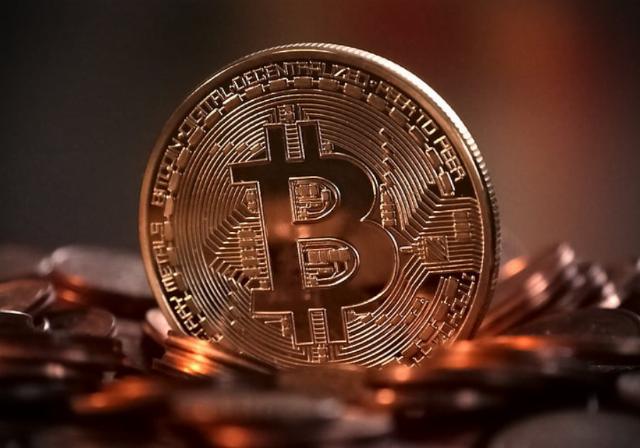by Andrew Cardin, American Thinker:

Critics of Bitcoin often portray it as a utopian fantasy disconnected from material reality — a digital escapist’s dream. Such characterizations echo early internet skepticism of the 1990s, when critics declared the internet a fad and questioned its real-world value. These assessments fundamentally misunderstand not only Bitcoin’s technological sophistication but, more importantly, its profound strategic implications for global cooperation and the financial inclusion and economic liberation that it can provide to billions of individuals.
TRUTH LIVES on at https://sgtreport.tv/
The Material Foundation and Evolution of Money
The relationship between Bitcoin and physical reality mirrors our existing financial system. Most modern wealth already exists primarily as digital database entries — from fiat currency to stock market trades to property records. The vast majority of U.S. dollars exist only as electronic ledger entries, with physical cash representing only about 10% of the money supply. Bitcoin doesn’t reject this reality but rather makes these systems more efficient and transparent while anchoring them to real-world resources through its proof-of-work mechanism.
As Bailey, Rettler, and Warmke argue in Resistance Money, money is a functional kind — defined by what it does rather than what it’s made of. Throughout history, humans have used various objects as money, from shells to precious metals to paper notes. Bitcoin brings something unprecedented to this progression by combining costly production (like gold) with digital possession and freedom from non-monetary uses. This evolution represents not a break from physical reality, but rather its natural progression in our increasingly digital world.
The materiality of Bitcoin extends through its inherent connection to thermodynamics — specifically, the conversion of energy into computational work. This process creates an immutable ledger that cannot be altered without expending real-world resources. The mining facilities themselves represent billions in capital investment, employing thousands of workers in roles ranging from electrical engineering to facility management. This physical infrastructure rivals traditional banking systems in scope and complexity. Moreover, with over 15,000 publicly accessible nodes spread across every continent (except Antarctica), Bitcoin represents one of the most geographically distributed computer networks in existence.
Security Through Deterrence: Beyond Fort Knox
Bitcoin’s security model can be understood through comparison with Fort Knox. Just as it is commonly believed that Fort Knox’s security guards have never had to stop a theft attempt, because their very presence deters such attempts. Bitcoin miners secure the network through deterrence. The network provides three distinct forms of security:
- Protection against counterfeiting through cryptographic verification
- Protection against false spending through private key control
- Protection against double-spending through proof-of-work mining
This tripartite security model differs markedly from traditional financial systems. While banks rely on trusted parties and legal frameworks to prevent fraud, Bitcoin achieves similar protections through mathematical certainty and thermodynamic constraints. Current data indicates that Bitcoin secures hundreds of billions in value with an annual security fee between 1% and 5% — comparable to traditional asset management fees but without requiring trusted intermediaries.
The SoftWar Thesis: A Revolutionary Framework for Power Projection
Read More @ AmericanThinker.com



